EMERGING OF RULERS
Choosing leaders or rulers through the votes is common these days but actually started about 50 years ago.
Before that the leader was chosen by the Jana (the people) and they were recognised as the Rajas.
HOW SOME MEN BECAME RULERS:
- Around 3000 years ago, some men recognised as Rajas by performing very big sacrifices
- The Ashvamedha (horse sacrifice) - a ritual performed by the Rajas
- A horse was let loose to wander freely
- Guarded by the raja’s men
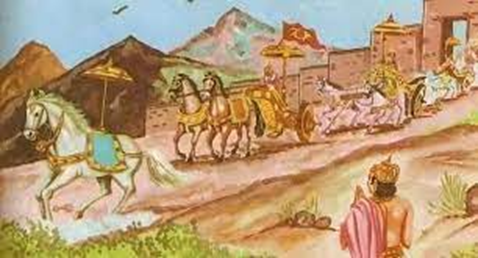
- If the horse entered other kingdoms and stopped by them, they had to fight.
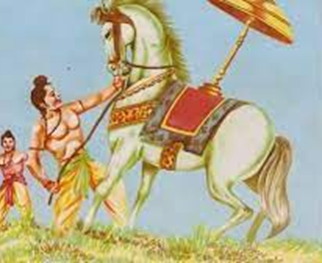
- And if they allowed the horse to pass, meant they accepted the Raja who performed the Ashvamedha was stronger to them.
- These rajas were then invited to the sacrifice and specially trained priests performed those rituals.
- Now the Raja who organised the Ashvamedha was recognised as most powerful and got the gifts from others.
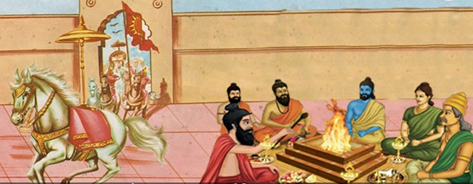
- The Raja - a central figure in these rituals
- Had a special seat- a throne or a tiger skin
- Accompanied with his charioteer, his relatives
- Other rajas as spectators
- Priests performed the rituals,ordinary people, the vish brought gifts
- The shudras were excluded from the rituals.
JANAPADAS
- Janapada literally means the land where the Jana set its root, and settled down.
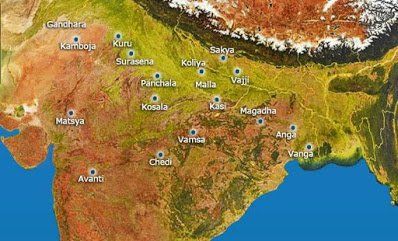
- The Rajas of the Ashvamedha were now recognised as being Rajas of Janapadas rather than Jana.
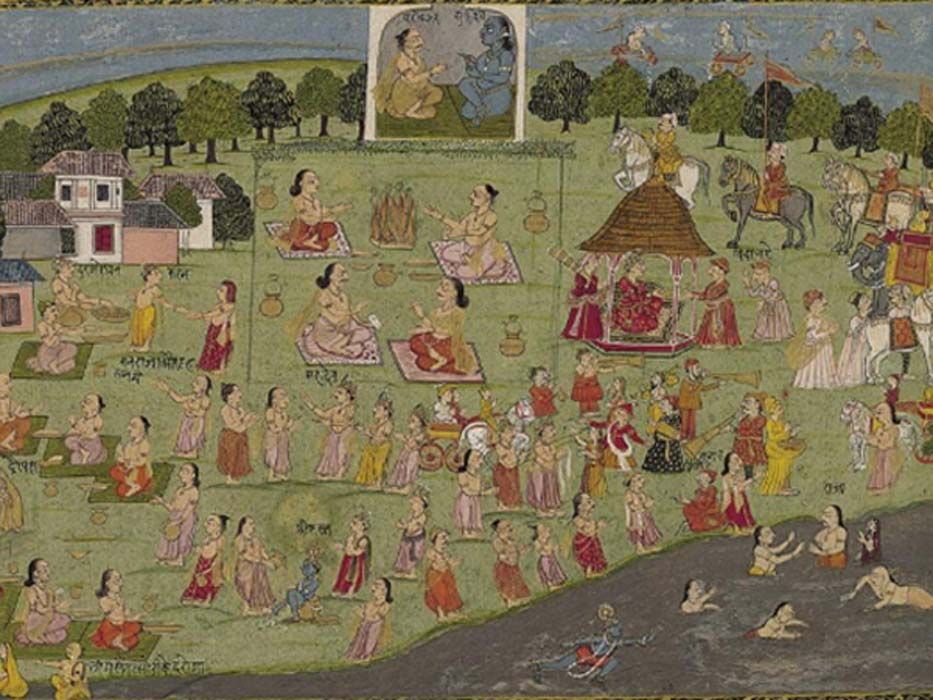
- Archaeologists excavated a number of settlements in these Janapadas.
- Purana Qila in Delhi
- Hastinapur near Meerut
- Atranjikhera near Etah
- People lived in huts
- Kept cattle as well as other animals
- Grew a variety of crops
- Wheat
- Barley
- Pulses
- Sugarcane
- Rice
- Sesame
- Mustard
- Made earthen pots
-
-
- Grey ware:
- Painted plates and bowls
- Pots had usually simple lines and geometric pattern
- Extremely fine to touch,with a nice smooth surface
- used on special occasions,for important people, and to serve special food
- Grey ware:
-
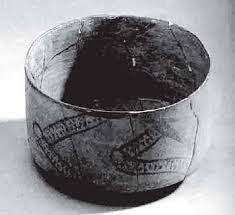
-
-
- Red ware
-
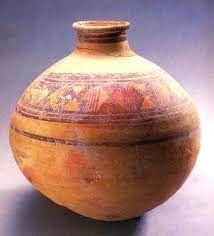
MAHAJANAPADAS
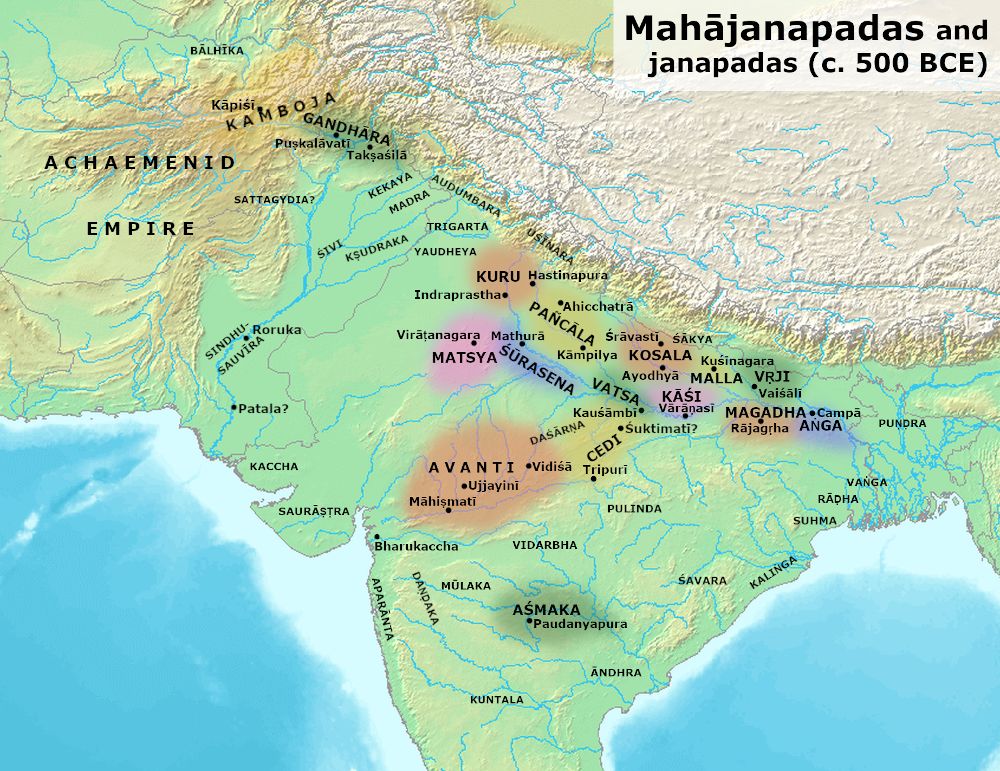
- About 2500 years ago, some Janapadas became more important than others, and were known as Mahajanapadas.
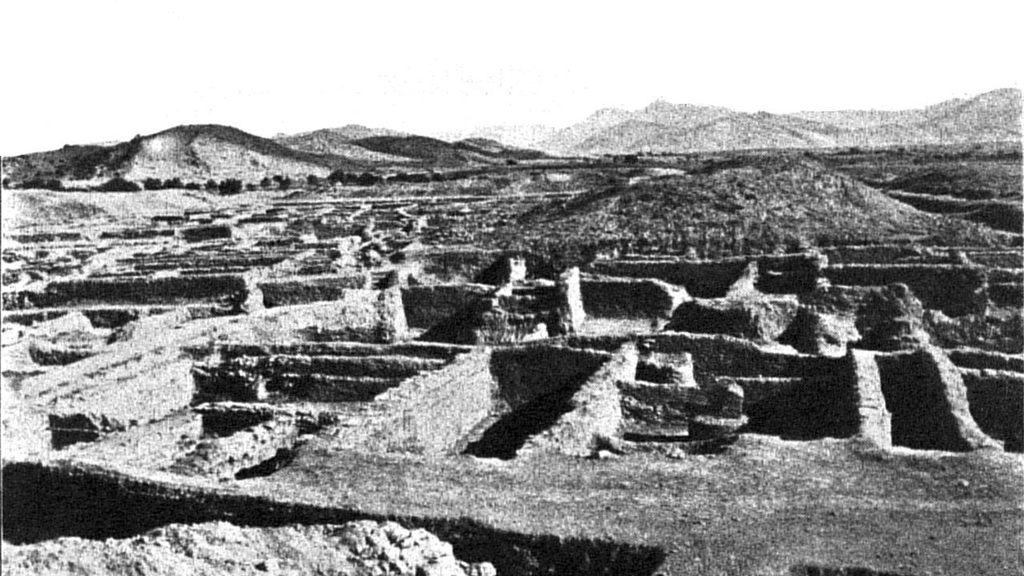
- Most Mahajanapadas had a capital city.
- They were fortified means surrounded by huge walls of wood, brick or stone.
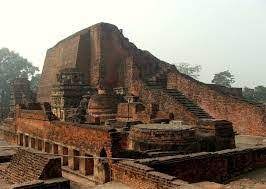
Reasons for fortification:
- To get the protection from enemies
- To show the wealth and power through the large, tall and impressive walls around their cities.
- The land and the people living within the fortified area could be easily controlled by the king.
Well-planned fortification:
- Proper planning needed for fortification.
- A large number of bricks or stones were required to build such huge walls.
- And in turn, enormous labour provided by men, women and children.
- Resources had to be found for all of this.
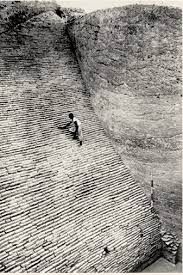
The fortification wall at Kaushambi
- Remains of the wall made of bricks
- Found near present-day Allahabad
- A part of it was built about 2500 years ago.
The new Rajas began maintaining armies.
- Soldiers were paid regular salaries and maintained by the king throughout the year.
- Some payments through punch marked coins
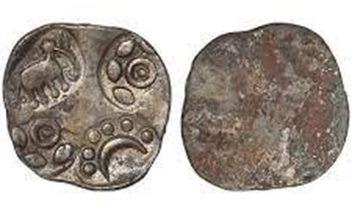
COLLECTION OF TAXES
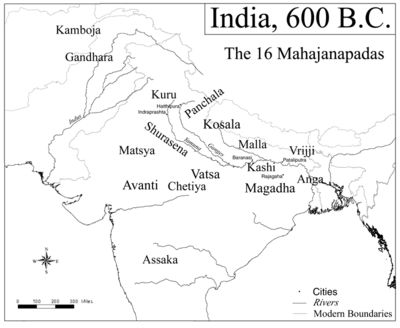
- The rulers of the Mahajanapadas needed
- More resources for
- Building huge forts
- More resources for
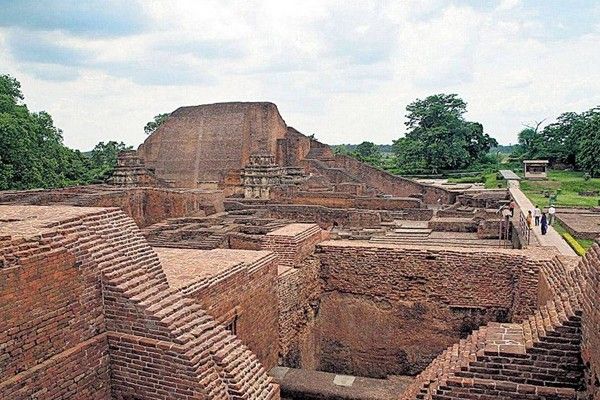
-
-
- Maintaining big armies
- Officials to collect resources
-
- Instead of depending on occasional gifts brought by people as was in case of the Janapadas, the king started collecting regular taxes
- Taxes on crops:
- Mostly people were farmers
- Tax was fixed at 1/6th of the production
- Known as bhaga or share
- Taxes on crafts persons:
- In the form of labour
- Work for a day every month for the king
- Weaver
- Smith
- Taxes on Herders:
- In the form of animals
- Animal produce
- Taxes on Traders:
- On goods that were bought and sold
- On Hunters and Gatherers:
- Taxes on crops:
- Forest produce

 Indira Gandhi Memorial High School
Indira Gandhi Memorial High School
